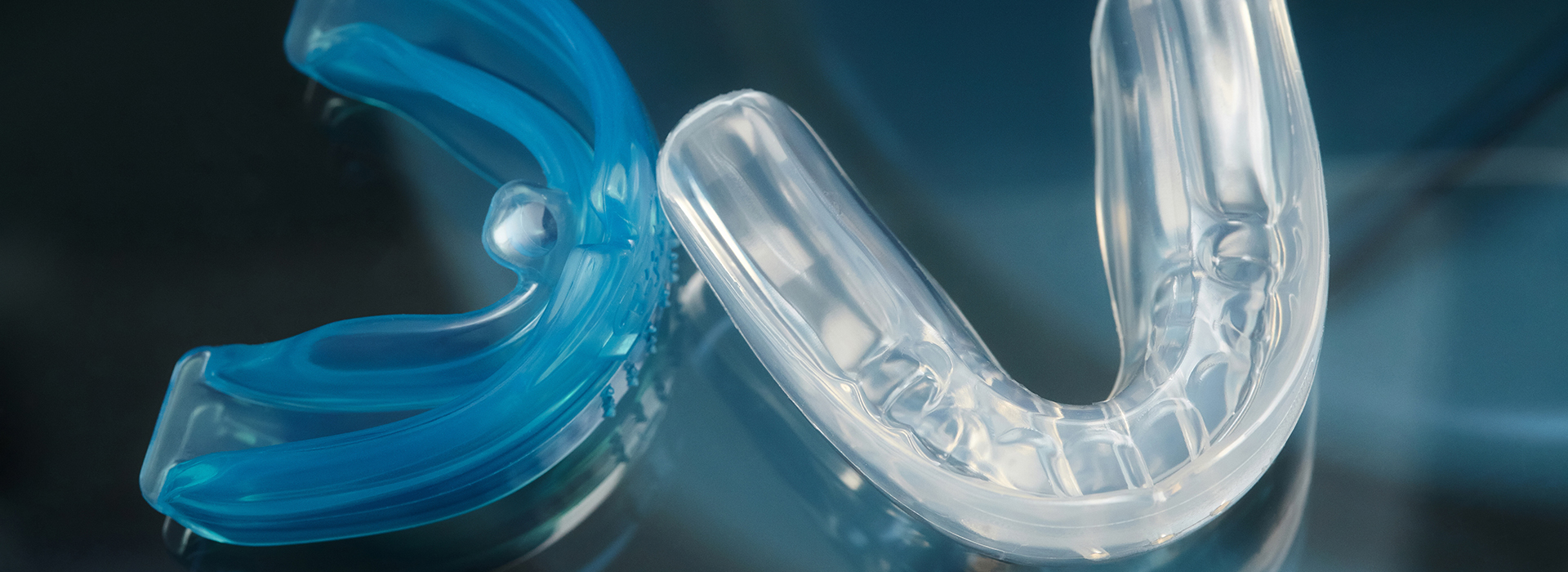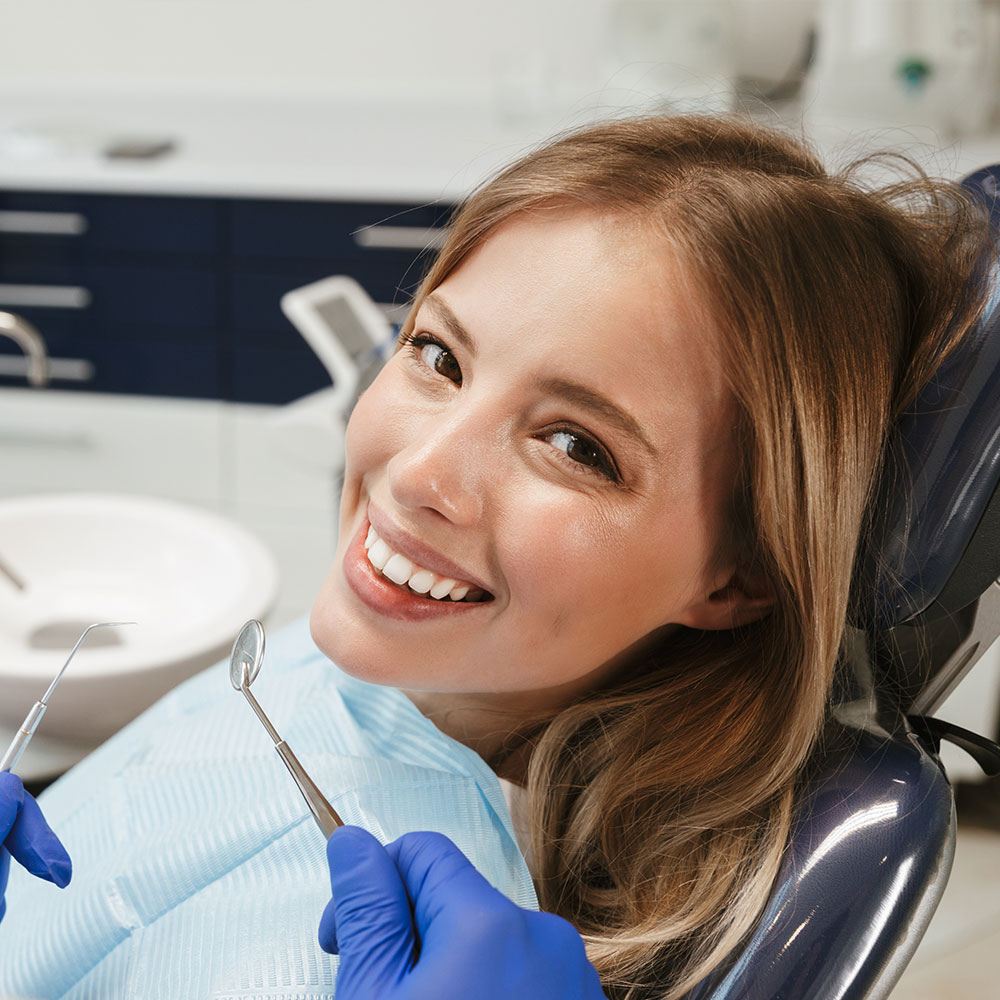
Sports bring energy, teamwork, and plenty of chances to score — but they also carry the possibility of dental trauma. Blows to the face, collisions with other players, and impacts from equipment can lead to cracked teeth, knocked-out teeth, lip and cheek lacerations, and even jaw injuries. For athletes at every level, a properly fitted mouthguard is one of the simplest, most effective measures to reduce the severity of these injuries.
Beyond protecting individual teeth, a mouthguard helps distribute and absorb force across the jaws and soft tissues. That cushioning reduces the risk of direct fractures and limits soft-tissue damage in the mouth. It can also help stabilize the jaw and reduce the chance of traumatic occlusion or costly restorative work after an accident.
Young athletes, in particular, benefit from early adoption. Children and adolescents are still developing oral structures and may face lifelong consequences from a single unprotected impact. Encouraging consistent mouthguard use creates a habit that protects smiles through school sports, club teams, and recreational play.
Wearing a mouthguard is a form of preventive care that complements routine checkups and other protective strategies like helmets and face shields. When paired with good technique and attention to playing conditions, a mouthguard significantly improves an athlete’s odds of returning to play safely after a mishap.
Not all mouthguards are created equal. The market offers three main options: pre-formed “stock” guards, boil-and-bite styles sold at sporting goods stores, and custom appliances made by dental professionals. Each type has distinct advantages and limitations related to fit, comfort, protection, and speech or breathing interference.
Stock mouthguards are inexpensive and ready to wear but often fit poorly, which can reduce their protective effect and make them uncomfortable to use. Boil-and-bite guards improve fit by softening in hot water so users can mold them over their teeth, but they still lack the precise adaptation of a custom device. For many athletes these options provide basic protection, but they may require frequent replacement.
Custom mouthguards are fabricated from impressions or digital scans and shaped to the athlete’s exact dental anatomy. This precise fit provides superior retention, better shock distribution, and greater comfort. Custom guards also accommodate orthodontic appliances and complex restorative work more effectively than over-the-counter alternatives.
Choosing the right guard depends on age, level of play, the sport’s contact risk, and any orthodontic or restorative conditions. For casual play, a well-fitted boil-and-bite option may be acceptable; for competitive athletes or those with braces, a professionally made mouthguard is often the safer choice.
When patients opt for a custom mouthguard, the process begins with a focused evaluation of oral health and treatment needs. The dentist checks tooth alignment, restorations, and any appliances such as braces or space maintainers, so the final guard offers protection without compromising ongoing care. Discussion at this stage helps determine the thickness, coverage, and material best suited to the athlete.
Traditionally, the next step is taking an impression of the teeth to create an exact working model. Many practices now offer digital scanning as an alternative, which can improve comfort and speed while producing highly accurate data for fabrication. The impression or scan ensures the final device conforms closely to the mouth for reliable retention and minimal interference with speech and breathing.
Laboratory technicians layer durable dental materials to build the guard, using techniques that balance resilience with cushioning. The result is a lightweight appliance that resists tearing, adapts to the contours of the teeth, and provides even force distribution across the occlusal surfaces. After fabrication, the guard is evaluated in the office where small adjustments are made for fit and comfort.
Our office emphasizes follow-up to confirm the guard remains comfortable and functional as the athlete uses it. A well-made custom mouthguard should feel natural and stable, require minimal conscious effort to keep in place, and allow the wearer to communicate effectively while performing.
A mouthguard functions best when it’s well maintained. Daily rinsing and gentle brushing with a soft toothbrush and non-abrasive toothpaste helps remove saliva and surface debris. For deeper cleaning, soaking in a denture-cleaning solution or an antiseptic mouthwash periodically can reduce bacterial buildup; however, always check with your dentist for product recommendations that won’t damage the material.
Proper storage is just as important as cleaning. Keep the mouthguard in a ventilated container to allow air circulation and prevent mildew. Avoid leaving it in hot environments like car dashboards or direct sunlight, which can warp the material. When traveling, use a rigid case that protects the device from crushing in a gym bag or luggage compartment.
Inspect the guard regularly for signs of wear: thinning, tears, changes in fit, or lingering odors indicate it’s time for repair or replacement. A compromised mouthguard can reduce protection and increase the chance of injury, so athletes and parents should check the appliance before the season and after particularly forceful impacts.
Finally, coordinate mouthguard use with routine dental care. If a patient receives new restorations, braces, or other oral treatments, the fit and design of the guard should be reassessed to maintain optimal protection throughout changes in dental status.
Consistent use is the most important factor in mouthguard effectiveness. Coaches and parents can encourage compliance by selecting comfortable, well-fitting guards and by emphasizing their role in injury prevention rather than punishment. Modeling the behavior — having coaches wear or promote guards during practice and competition — reinforces the norm that protection is part of the game.
Certain sports present higher risks for oral trauma, including football, hockey, lacrosse, rugby, boxing, and many forms of martial arts. However, even non-contact activities like soccer, basketball, and skateboarding carry potential for accidental impacts. Athletes should wear a mouthguard any time there is reasonable potential for facial contact or a fall.
For younger players, schedule a mouthguard evaluation before the season begins so any necessary adjustments or remakes can be completed without delaying participation. If a child has dental appliances, discuss timing and options with the dentist to find a solution that protects the developing dentition while accommodating orthodontic needs.
When an impact occurs, remove the mouthguard carefully to assess for loose or broken teeth and other oral injuries, and seek prompt dental care if there are signs of trauma. Keeping records of mouthguard model and date of issue helps track wear and plan for replacements as needed.
At Seals Family Dentistry, we view sports mouthguards as an essential part of preventive dental care for active patients. A properly chosen and maintained mouthguard protects smiles, reduces the risk of complex dental procedures after injury, and supports athletes’ confidence on the field. If you’d like to learn more about options and the evaluation process, please contact us for more information.

Whether you're ready to schedule your first appointment, have a question about our services, or need urgent dental care, we’re just a call or click away. Our friendly team is here to make your experience simple, stress-free, and tailored to your needs.